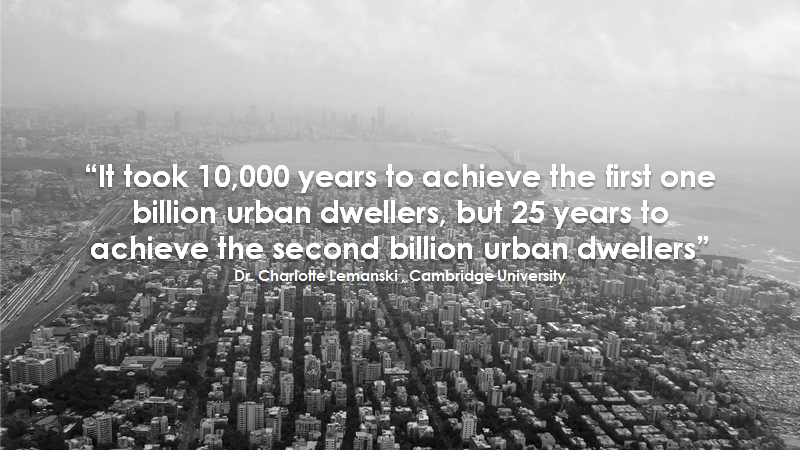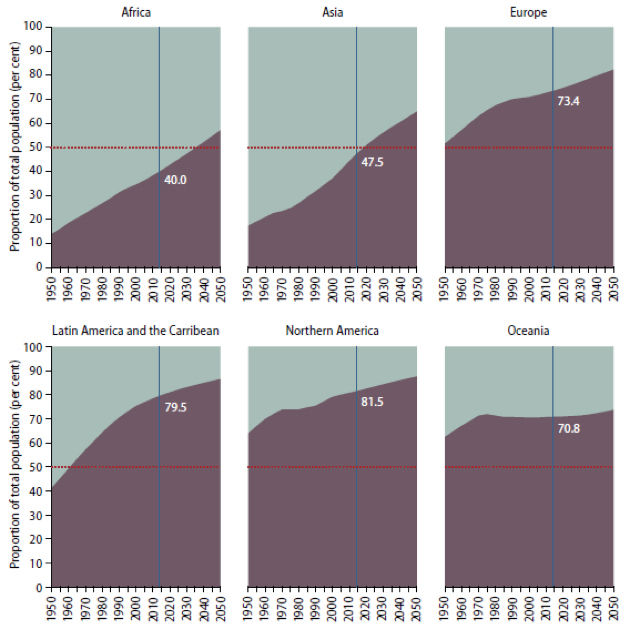Although the growth of cities is an encouraging sign for the developing world, high rates of unplanned urbanisation can bring many challenges. A rise in the inhabitants of a city add strain onto existing poorly managed energy infrastructures, further impacting their reliability. This inaccessibility to energy directly effects the daily lives of people living in these cities with a loss of business, risk to healthcare and disruption of education being common.
Typically, energy supply issues can be solved by implementing robust energy policies with sufficient funding to see the projects through. However, with the shifting political landscape of the developing world, combating the solution on a large countrywide scale has proven to not be viable.


